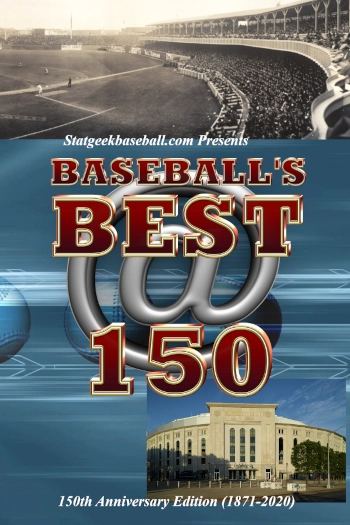Quick List Info

Dates Open - May 31 to November 30, 1926. (Official History), June 1 to December 1, 1926 (Posters). Actually open May 31 to December 1 officially, as well as open in December at half rate while exhibits were taken down. Open seven days a week from July 4 on after Blue Laws challenge, 1794 law prohibiting sales on Sundays.
Attendance - 6,408,289 Total Attendance (including staff). 5,852,783 paid. (Note: Other sources stated that 4,622,211 were paid.)
International Participants - 19 Nations and 4 Colonies
Total Cost - $18,838,439.75 for Expo Authority; Total cost in excess of $26 million.
Site Acreage - 1,000 acres, including the Navy Yard.
Sanction and Type - Prior to sanctioning by the Bureau of International Expositions. Would be considered a Special style Registered event today like those on the 5 years of the decade. Was officially recognized by the United States government with President Coolidge invited nations to participate on behalf of the exposition on March 19, 1925.
Ticket Cost - 50 cents full adult admission price, 25 cents children. (.411 per capita paid, .375 total )

Photo top center: View of the Sesqui-Centennial International Exposition, Philadelphia 1926, 1926, Original Source unknown. Courtesy Pinterest. Column Top: Philadelphia Sesqui-Centennial International Exposition Poster 1926, 1926, Original source unknown, probably from the Expo Authority. Courtesy Pinterest. Photo bottom: Edgewater Lake today in Roosevelt Park, Philadelphia, site of the Philadelphia Sesqui-Centennial.

Other Histories of World's Fairs to Check Out











